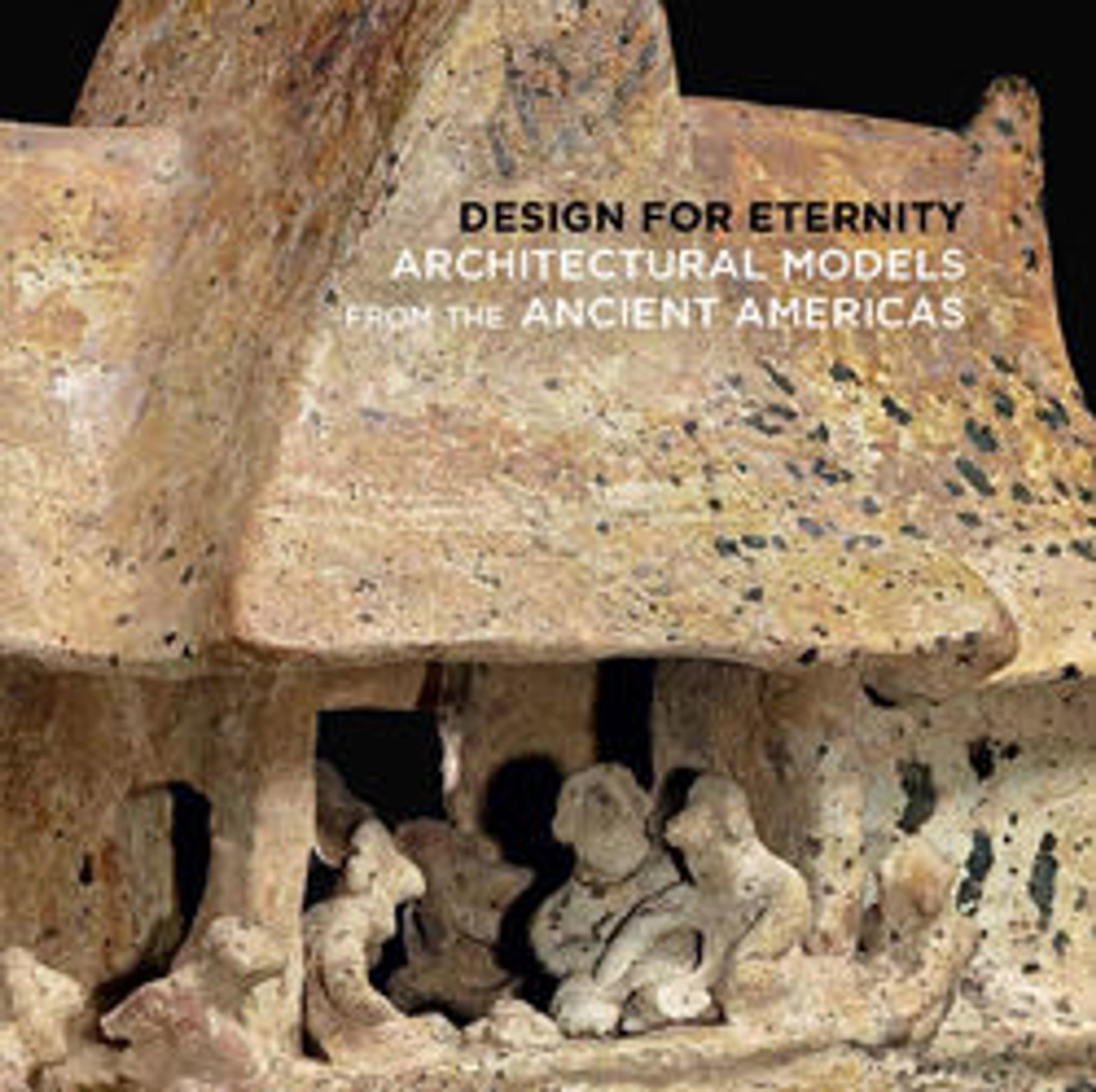Cult vessel in the form of a tower with cylinder seal impressions near the top
This two-story tower is surmounted by a male figure grasping the hindquarters of two lions. A large vessel rests between the felines. A door is cut into the lower facade and a window on the upper floor; circular bosses indicating wooden beams appear at the top of each story. The entire stand is pierced from the vessel at the top through each level, including the bottom, so that liquid libations might be poured in a ritual of some sort. Such an object would have been used in a temple or sanctuary during religious rites. The style is crude in comparison to the delicacy of the multiple cylinder-seal impressions that were made across the top in front of the lions. The Syro-Anatolian seal depicts a seated male figure with a striding male before him dressed in a kilt with arms bent and held out in a gesture of respect and greeting. In between the two is a monkey as a filler motif. Behind the seated figure is a smiting deity wearing a kilt and horned crown. He holds what seem to be the weapons of the weather god—a lightning bolt and sword. The vessel is comparable to other second-millennium tower-shaped examples excavated in Mesopotamia and the Levant and probably was placed on top of an offering stand.
Artwork Details
- Title:Cult vessel in the form of a tower with cylinder seal impressions near the top
- Period:Middle Bronze Age
- Date:ca. 19th century BCE
- Geography:Syria
- Medium:Ceramic
- Dimensions:H. 31.4 cm, W. 8.3 cm, D. 11.4 cm
- Credit Line:Rogers Fund, 1968
- Object Number:68.155
- Curatorial Department: Ancient West Asian Art
More Artwork
Research Resources
The Met provides unparalleled resources for research and welcomes an international community of students and scholars. The Met's Open Access API is where creators and researchers can connect to the The Met collection. Open Access data and public domain images are available for unrestricted commercial and noncommercial use without permission or fee.
To request images under copyright and other restrictions, please use this Image Request form.
Feedback
We continue to research and examine historical and cultural context for objects in The Met collection. If you have comments or questions about this object record, please contact us using the form below. The Museum looks forward to receiving your comments.
